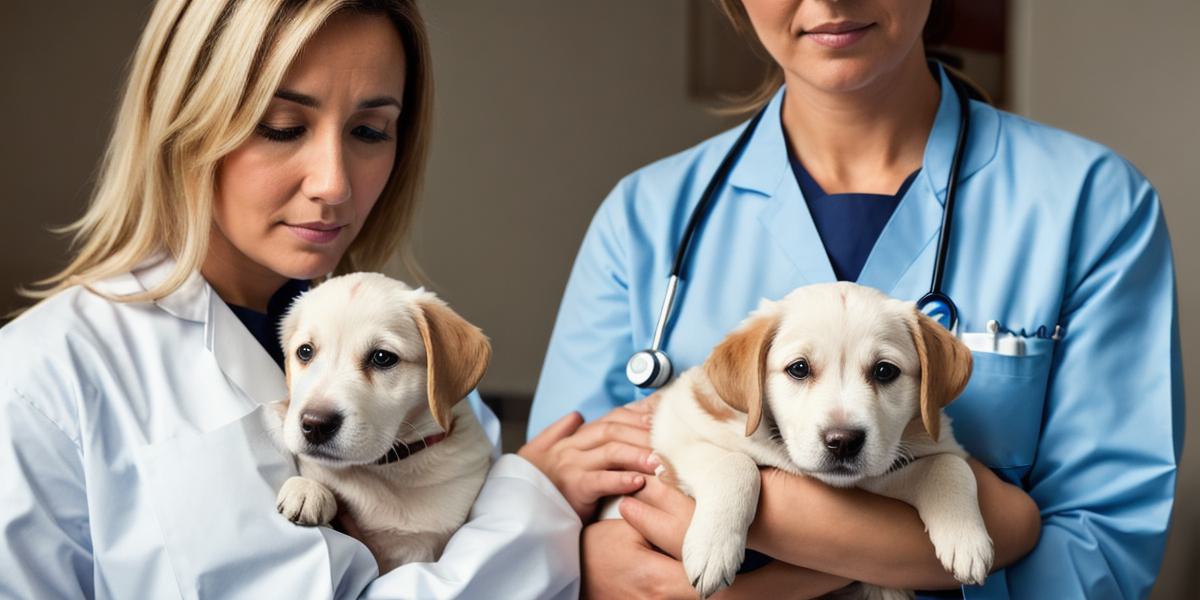How to Take Care of Your Dog After Luxating Patella Surgery: A Comprehensive Guide
Introduction:
Luxating patella surgery is a common procedure for dogs who suffer from patellar dislocation, a condition that causes the knee joint to become dislocated. While this surgery can be life-changing for your dog, it’s important to know how to take proper care of them during their recovery process. In this article, we will provide you with a comprehensive guide on how to care for your dog after luxating patella surgery.
What is Luxating Patella Surgery?
Luxating patella surgery involves the surgical correction of patellar dislocation in dogs. The patella is a small bone located in the knee joint that helps dogs walk, jump and run. When the patella becomes dislocated, it can cause a lot of pain and discomfort for your dog. Luxating patella surgery involves the realignment of the patella and the surrounding tissues to prevent further dislocation.
Preparing Your Dog for Surgery
Before your dog undergoes luxating patella surgery, it’s important to prepare them for the procedure.
Here are some tips to help you get your dog ready:
- Consult with your veterinarian and ask questions about the surgery and recovery process.
- Follow all of your veterinarian’s instructions regarding your dog’s pre-surgery diet and exercise routine.
- Purchase any necessary supplies, such as a crate, bedding, and food and water dishes.
- Make sure your dog is up to date on all of their vaccinations.
Caring for Your Dog After Surgery
After luxating patella surgery, it’s important to provide your dog with proper care to ensure a successful recovery.
Here are some tips to help you care for your dog after surgery:
- Follow your veterinarian’s instructions regarding your dog’s post-surgery diet and exercise routine.
- Monitor your dog’s progress closely and report any changes in their behavior or physical condition to your veterinarian.
- Provide plenty of attention and affection for your dog to help them feel comfortable and reduce stress.
- Keep your dog on a leash when they go outside, as they may be hesitant to use their hind legs at first.
- Be patient with your dog as they recover from surgery. Luxating patella surgery can take several weeks to months, so it’s important to give your dog plenty of time to heal.
FAQs
Q: How long will my dog need to wear a brace after surgery?
A: Your veterinarian will determine the length of time your dog needs to wear a brace after surgery based on their individual case and recovery progress.
Q: Can I bathe my dog after surgery?
A: Yes, you can bathe your dog after surgery, but be sure to follow your veterinarian’s instructions regarding the timing and type of bath.
Q: Is there anything I should avoid doing with my dog after surgery?
A: Yes, it’s important to avoid any strenuous activity or exercise with your dog for several weeks after surgery. Additionally, you should avoid letting your dog climb stairs, jump or run until your veterinarian gives the okay.
Conclusion:
Luxating patella surgery can be a life-changing procedure for dogs who suffer from patellar dislocation. While recovery can take time and patience, it’s important to provide your dog with proper care to ensure a successful outcome. By following these tips and working closely with your veterinarian, you can help your dog regain their mobility and live a happy, healthy life after surgery.
